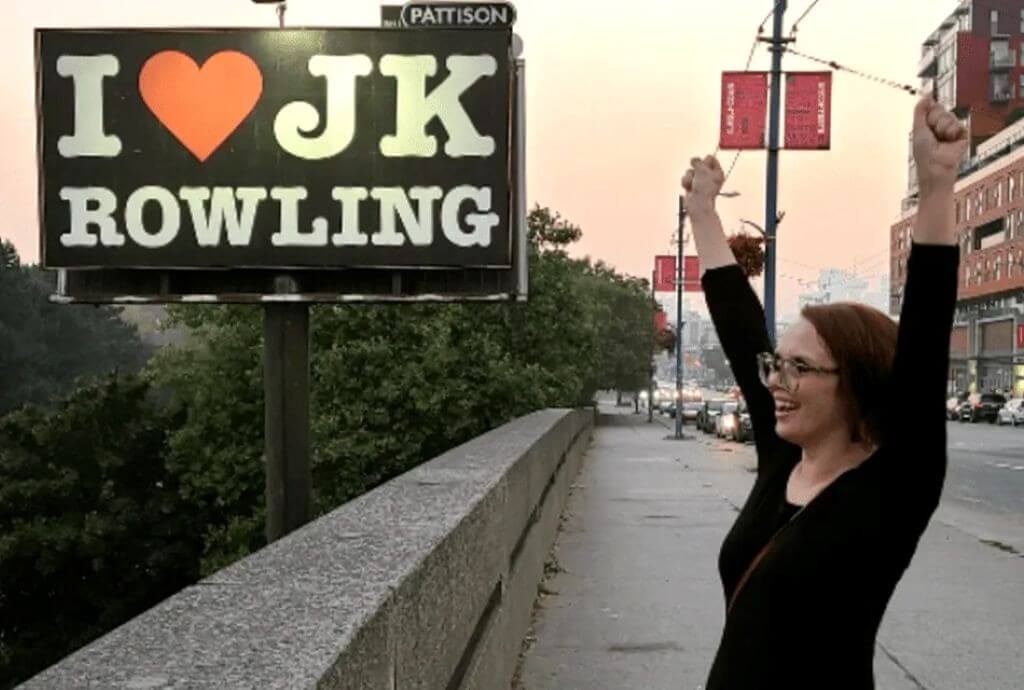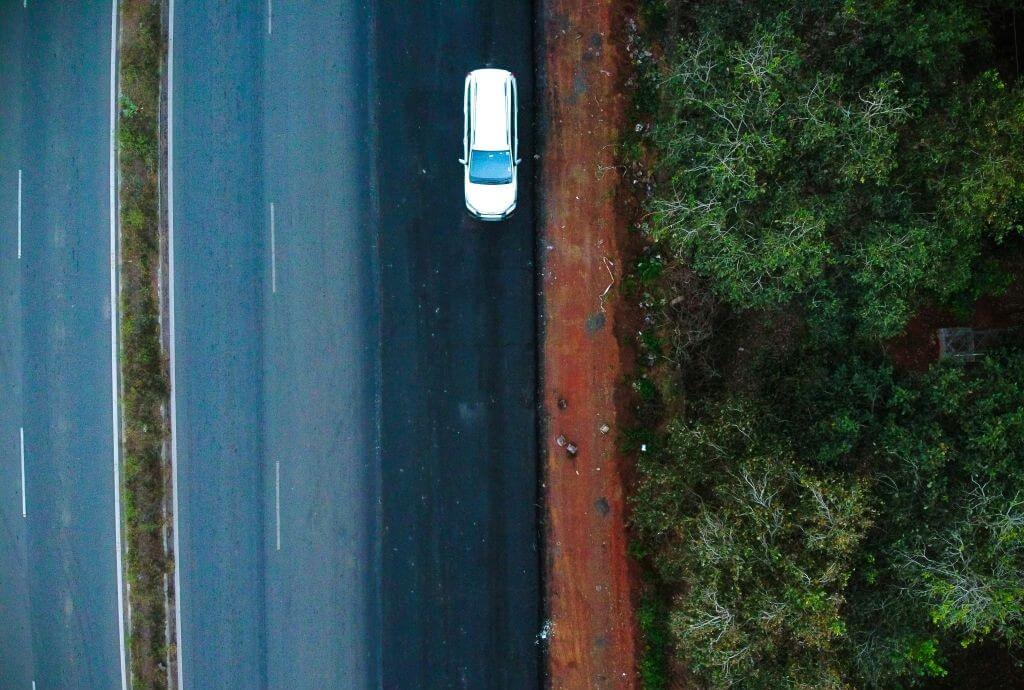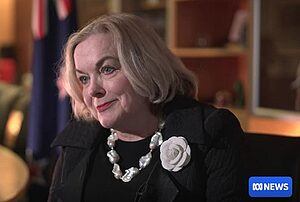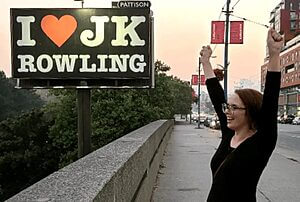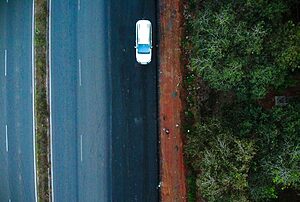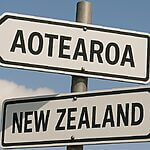Summarised by Centrist
US Health Secretary Robert F. Kennedy Jr has confirmed a nationwide ban on eight artificial food dyes, calling the move a step toward transparency and improved health outcomes, particularly for children.
Speaking at a press conference on Tuesday, Kennedy said Americans have been “living in a toxic soup of synthetic chemicals” and often don’t know what they’re eating.
Two petroleum-based dyes, Red No 2 and Orange B, will be phased out in the coming weeks, with six more synthetic dyes — including Red No 40, Yellow No 5, and Blue No 1 – banned by the end of 2026.
The US Food and Drug Administration (FDA) will approve four natural colour alternatives to ease the transition for manufacturers.
The move follows Kennedy’s campaign pledge to crack down on artificial ingredients, a promise he says now includes targeting additives in school food.
FDA Commissioner Marty Makary described the ban as “one important step” toward healthier food, particularly for children who may be sensitive to these dyes. Research cited by the Center for Science in the Public Interest (CSPI) links some food dyes to neurological issues like ADHD.
Dr Peter Lurie, CSPI’s president and a former FDA official, welcomed the ban: “Food dyes help ultra-processed foods look more appealing to kids – but they serve no nutritional purpose and no one will miss them.”
While manufacturers in countries like Canada already use natural colours in the same products, such as Froot Loops, they continue using artificial dyes in the US Kennedy’s push has already inspired state-level action, with West Virginia introducing its own dye ban last month and similar proposals emerging nationwide.
Editor’s note: Several of the synthetic food dyes recently banned in the United States are still permitted for use in New Zealand. These include dyes such as Tartrazine (E102), Sunset Yellow (E110), Allura Red (E129), and Ponceau 4R (E124), which are commonly found in various food products.
While these additives are allowed in New Zealand, they are subject to regulation and must be declared on food labels. Consumers concerned about these dyes can check product labels for their presence.
However, Erythrosine (Red No. 3), also known as FD&C Red No. 3, is not permitted for use in food products in New Zealand.



